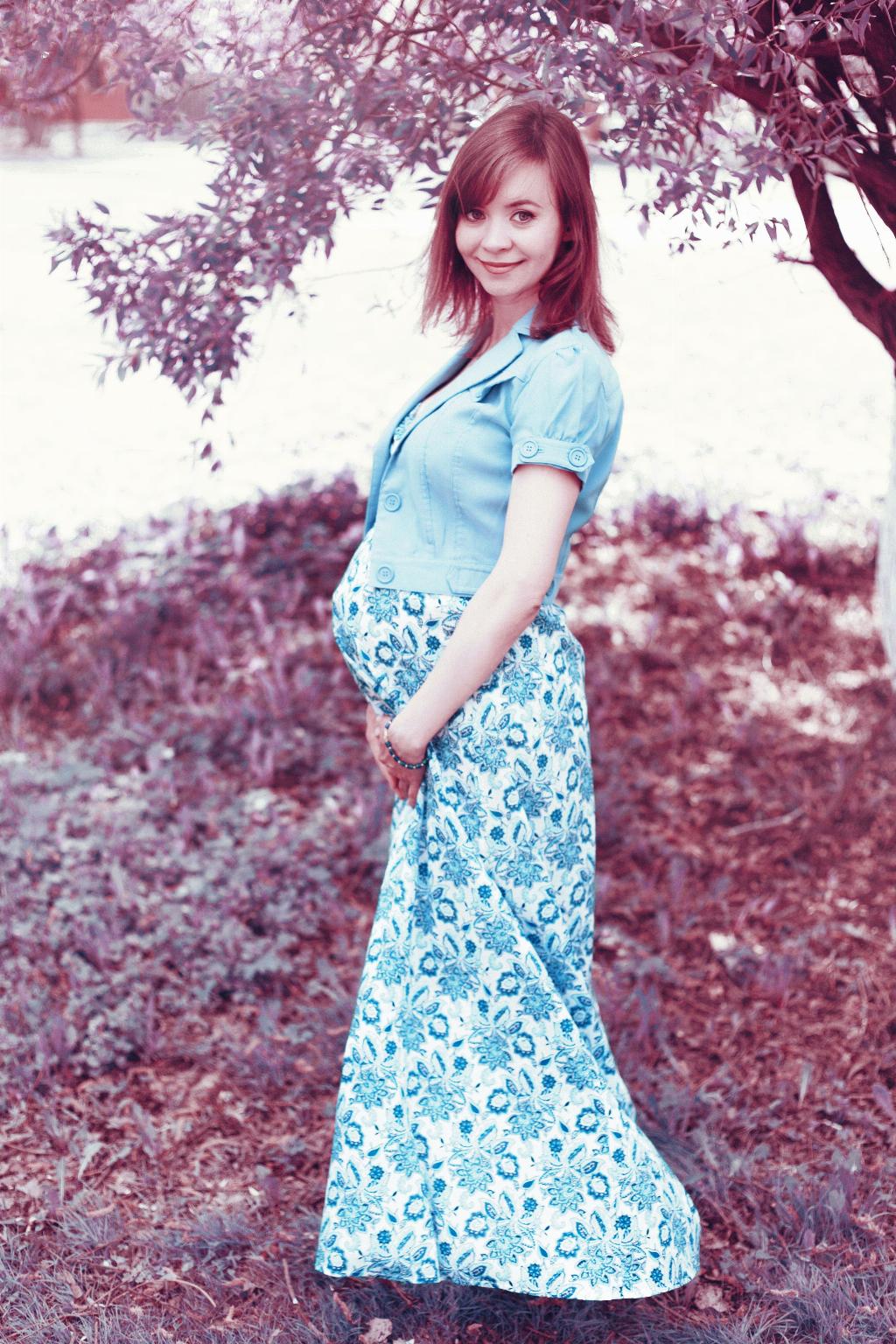When pregnant, it is common to require injections of medications like Enoxaparin to prevent blood clot formation. Knowing where and how to correctly administer these injections is crucial. The typical site for injecting Enoxaparin during pregnancy is your abdomen. It is recommended to inject into the fatty tissue on the tummy, staying away from the belly button area.
As your pregnancy progresses, you may find it increasingly challenging to inject Enoxaparin into your abdomen due to the growth of the baby. In such situations, consulting your healthcare provider is essential. Your midwife or doctor can provide guidance on alternative injection sites to ensure proper administration of the medication.
It is important to follow the instructions given by your healthcare provider regarding the administration of Enoxaparin injections during pregnancy. They will advise you on the specific location to inject the medication to optimize its effectiveness and minimize any potential risks.
Enoxaparin injections should be done with care and attention to detail. Before administering the injection, ensure that you thoroughly clean the injection site with an alcohol swab. This helps reduce the risk of infection and ensures a sterile environment for the injection.
When injecting Enoxaparin, it is crucial to pinch the skin to create a firm surface for the needle to penetrate. Pinching the skin also helps to minimize discomfort during the injection process. Remember to inject the medication at a 90-degree angle into the skin fold to ensure proper delivery into the fatty tissue.
If you experience bruising, redness, or pain at the injection site, it is important to inform your healthcare provider. These symptoms could indicate improper administration or an adverse reaction to the medication. Seeking prompt medical advice is essential to address any concerns.
While injecting Enoxaparin, be cautious not to inject into areas with broken skin, scars, bruises, or stretch marks. These areas may affect the absorption of the medication or cause discomfort during the injection. Always choose a clean and intact area for administering the injection.
It is advisable to rotate injection sites to prevent the development of lumps or skin abnormalities at the site of injection. Alternating between the left and right side of the abdomen can help distribute the injections evenly and reduce the likelihood of localized skin reactions.
Consulting your healthcare provider if you have any concerns or difficulties with administering Enoxaparin injections during pregnancy is essential. Your provider can offer guidance, support, and personalized recommendations based on your individual needs and circumstances.
Proper disposal of used needles and syringes is a critical aspect of safe injection practices. Always use a puncture-resistant container to dispose of used injection materials to prevent accidental needle sticks and potential infections. Your healthcare provider can advise you on proper disposal methods.
Remember that adhering to the recommended injection technique and guidelines provided by your healthcare provider is essential to ensure the safe and effective administration of Enoxaparin during pregnancy. Do not hesitate to seek clarification or assistance if you have any uncertainties about the injection process.
In conclusion, understanding where to inject Enoxaparin when pregnant and following proper injection practices are vital for the successful management of your medical condition. By working closely with your healthcare provider and adhering to their guidance, you can ensure the safe and effective administration of the medication throughout your pregnancy.

